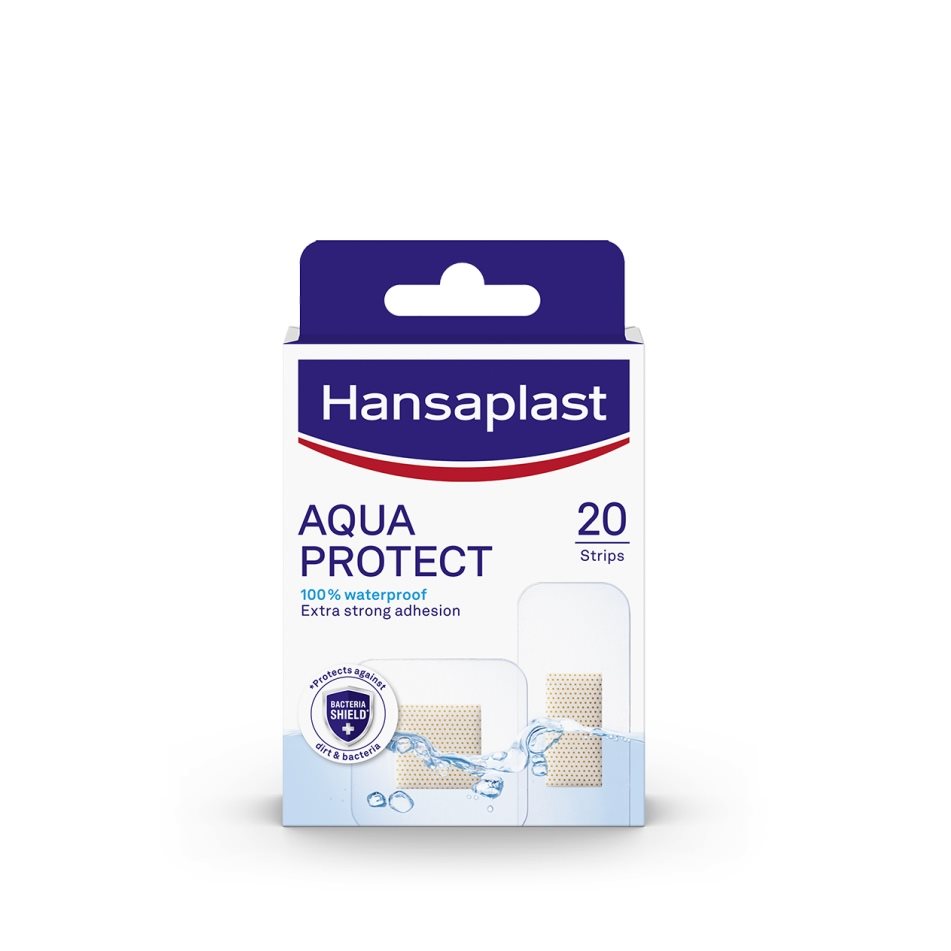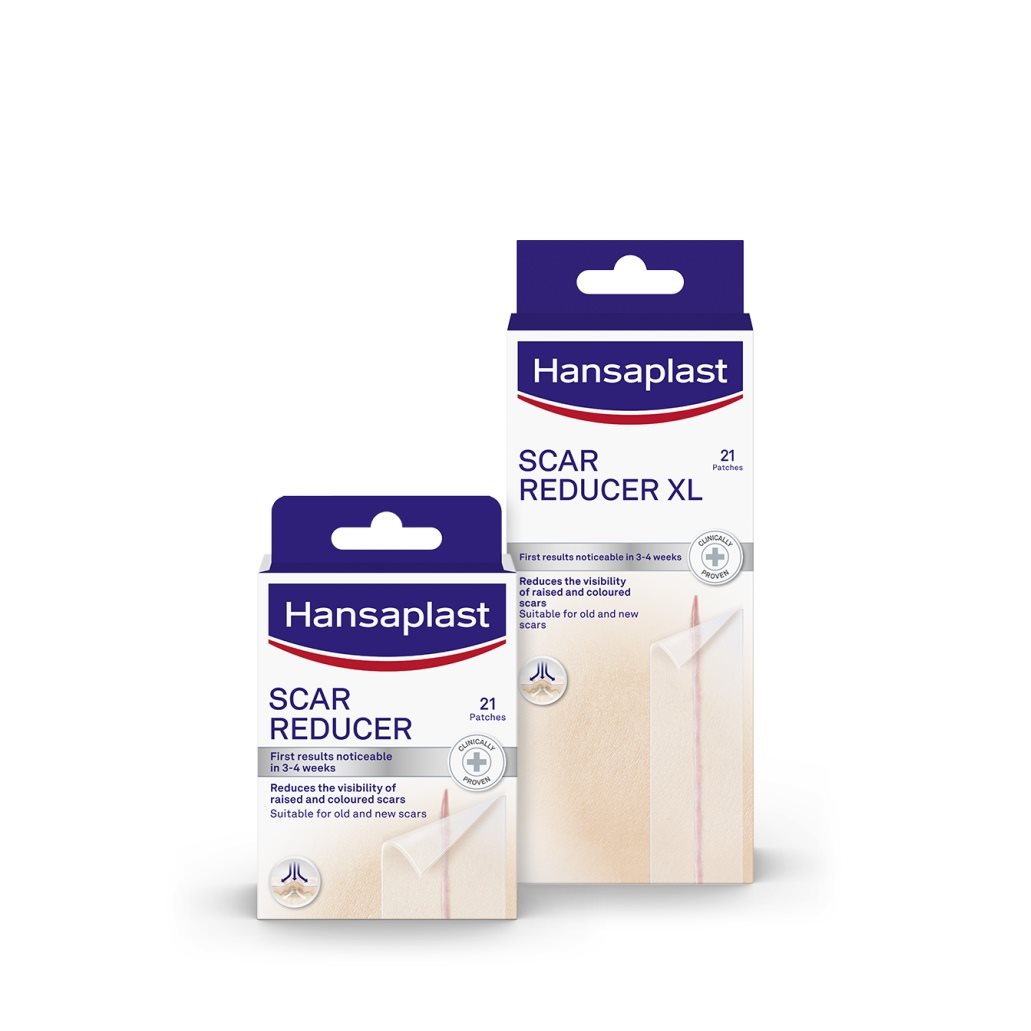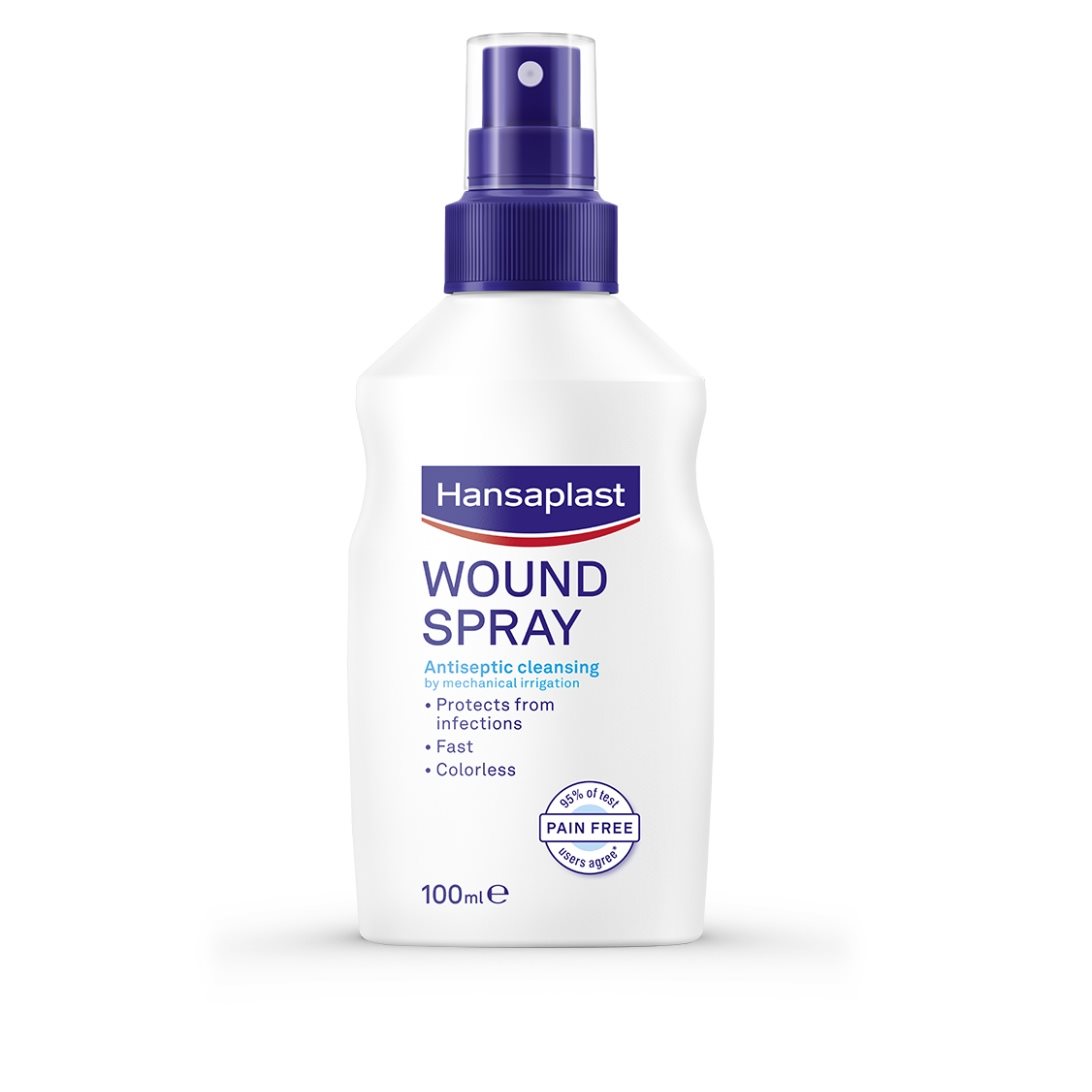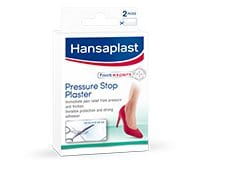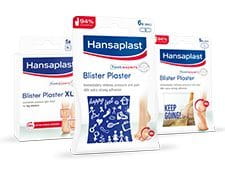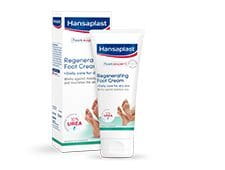
Dr. med. Maike Kuhlmann received the licence to practice medicine from University of Hamburg (Germany) in 1992. Following her professional education in general medicine with special expertise in wound healing she joined Beiersdorf and works as an International Medical Advisor for Health Care.

Felix Krause-Kyora graduated as a Diploma Chemistry Engineer in 2012. He started his professional career as a development engineer at BSN medical GmbH. Afterwards, he joined Beiersdorf in 2014 and works as the Head of the Global Hansaplast Foot Care Product Development.
Mr. Krause-Kyora, blisters are an annoying and painful matter. What can we do to prevent them?
There are various options to prevent blisters: One if them is choosing well-fitting shoes. This way the friction that causes culprits for blisters, is diminished. Socks can also help to reduce the extent that the shoes rub against the skin. However, even the most comfortable shoes can cause blisters after a long, intense run and we know from our consumers that comfortable shoes and socks are not always an option. Hansaplast Foot Expert offers Pressure Stop Plasters specially developed to provide cushioning protection from pressure and friction. Those protective, cut-to-size plasters should be applied on blister-susceptible areas – the ‘hot spots’ of the foot - before the activity starts, being it a run or a shopping or city tour trip.
Even though most of us know those blister hot spots, blisters still often catch us by surprise. Dr. Kuhlmann, what are blisters actually, and what would be your SOS plan for when painful blisters appear?
Deroofed blisters are open wounds and should be treated accordingly. Therefore, the affected skin should be thoroughly disinfected. So Hansaplast Wound Spray is a great choice for the job. Once the skin is clean and dry, cushioning plasters such as the Hansaplast Blister Plaster should be applied. In addition to reducing friction effectively, the Hansaplast Blister Plaster accelerates the healing of the wounded skin due to the Hydrocolloid technology.
Mr. Krause-Kyora, what is the Hydrocolloid technology and in which wasy does it accelerate healing?
The active gel cushion of the Hansaplast Blister Plaster consists of a Hydrocolloid. This 3D sponge like structure absorbs blister fluid to form a gel. Therefore, a protective gel layer is formed over the wound-creating ideal conditions for healing.
The plaster also protects against pressure, prevents additional friction and keeps dirt and bacteria away from the skin that could otherwise enter the wound cause infections, delaying the healing process. Hansaplast Blister Plaster with its hydrocolloid active gel cushion protects the affected area and relieves pain instantly.
Hansaplast is a pioneer in woundcare with more than 125 years of expertise and knowledge. We have been working on the Hydrocolloiod Technology for more than 20 years, engineering it to a top level for great results: Faster healing is shown by profound clinical studies.
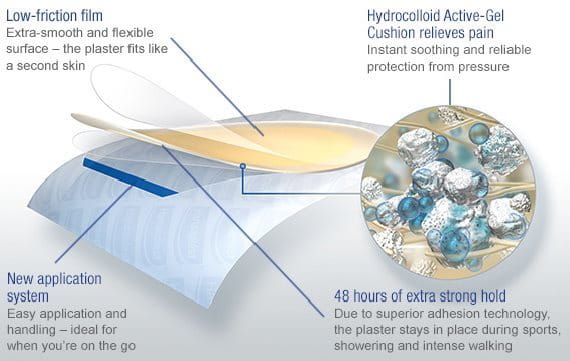
Like all our products at Hansaplast we tested our blister plasters in our research facilities and together with collaborating medical institutes. We performed an array of studies to show the efficacy and tolerability of the Hansaplast Blister Plaster.
That is an impressive figure. Dr. Kuhlmann, can you tell us more about the way the blister plasters were tested?
Like all our products at Hansaplast we tested our blister plasters in our research facilities and together with collaborating medical institutes. We performed an array of studies to show the efficacy and tolerability of the Hansaplast Blister Plaster.
Mr. Krause-Kyora, can Hansaplast Blister Plasters be worn when taking part in watersports or for swimming and showering?
Yes, Hansaplast Blister Plasters are waterproof and also sweat proof. Thanks to Hansaplast Adhesion Technology the plaster stays in place for 48 hours even under moist conditions i.e. when sweating or taking a shower. Together with its easy to use application system, this makes them a perfect choice-no matter whether you are on a hiking trip, doing shopping or at the gym.
Self-surgery is not recommended, meaning the blister should not be punctured and the outer layers of the skin should not be removed. This can cause infections and thereby delay healing. Further, the plaster should only be changed when it falls off by itself to allow the healing process to complete.
Are there any additional trips and tricks you can recommend to stop blisters appearing in the first place?
Dr. Kuhmann: Strengthening the natural skin barrier of the foot is key to avoid foot problems in the future - be it a blister, cracked heels or callus. That is why regular moisturization is of utmost importance. Hansplast Regenerating Foot Cream 10% Urea works against moisture loss and moisturizes the skin. As a result the skin gets more robust and resilient!
